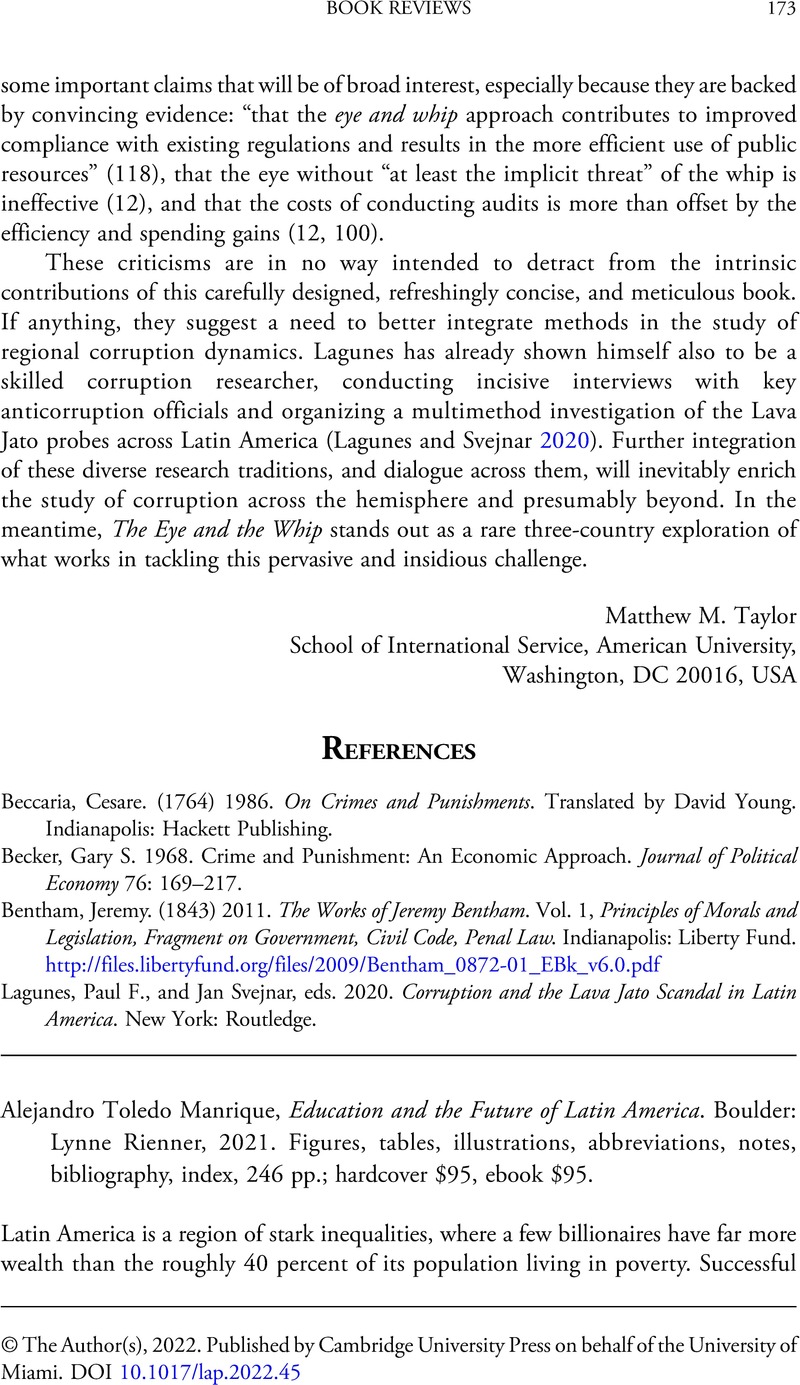Nickow, Andre,
Oreopoulos, Philip, and
Quan, Vincent.
2020. The Impressive Effects of Tutoring on PreK–12 Learning: A Systematic Review and Meta-Analysis of the Experimental Evidence. NBER Working Papers no. 27476. Cambridge, MA: National Bureau of Economic Research.
https://econpapers.repec.org/paper/nbrnberwo/27476.htm
CrossRefGoogle Scholar 